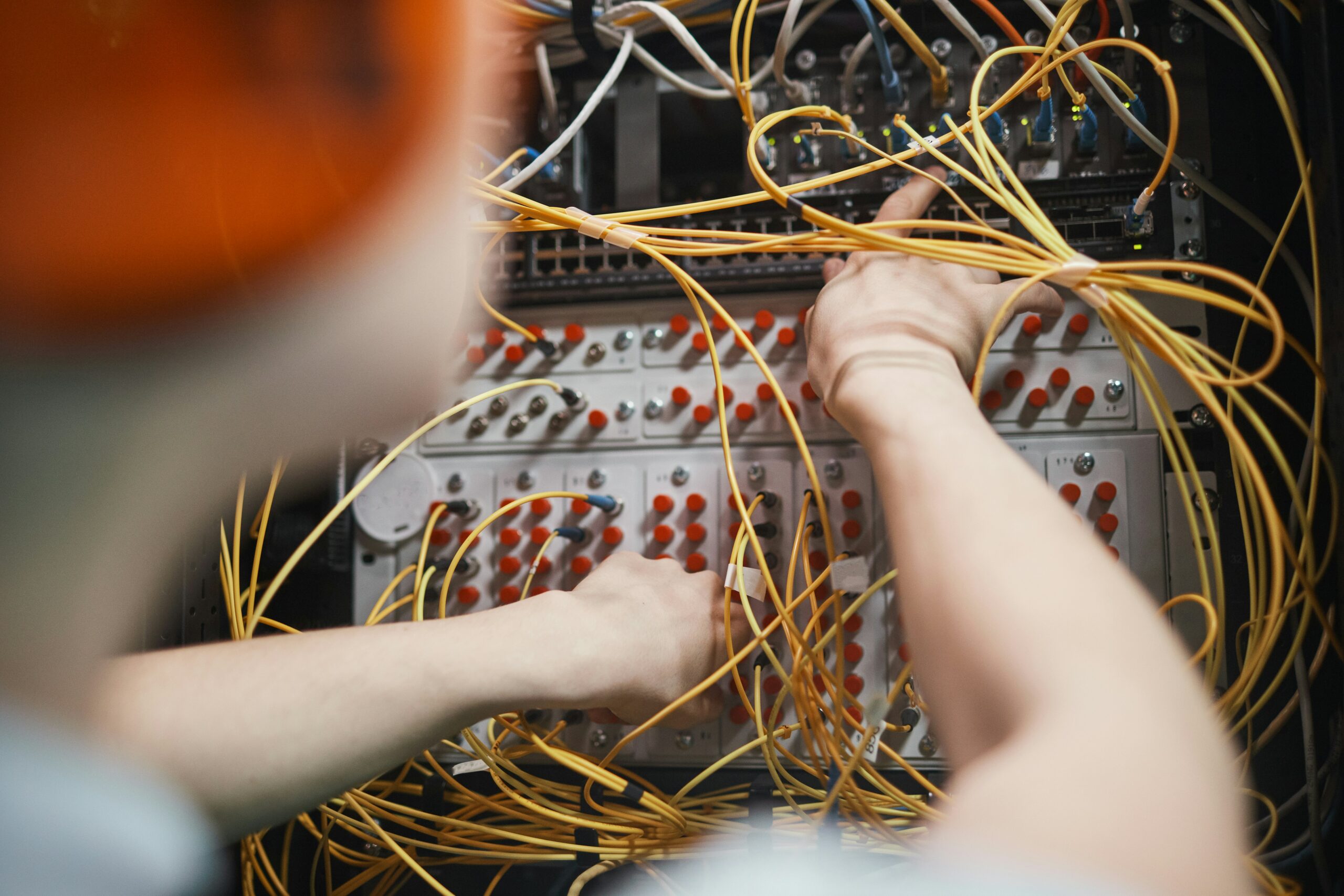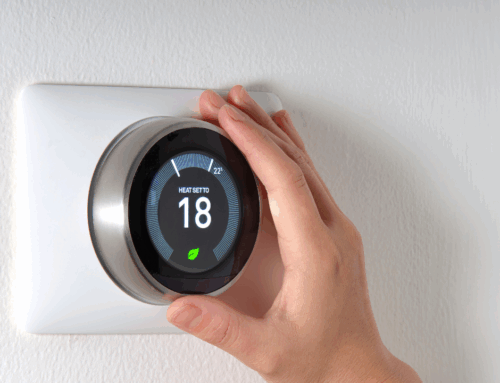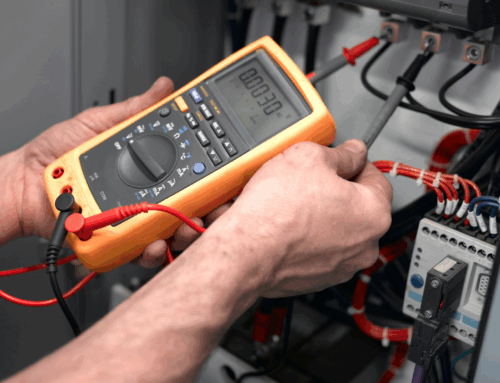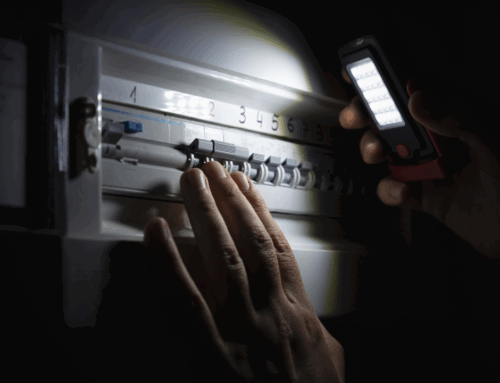Ensuring the safety and reliability of electrical systems in commercial spaces is crucial for both business operations and employee well-being. A commercial electrical safety inspection can help identify potential hazards, prevent downtime, and ensure compliance with regulatory standards. Proper preparation is key to making the inspection process smooth and efficient.
1. Understand the Scope of the Inspection
Before the inspection takes place, it’s important to have a clear understanding of what will be evaluated. An electrical safety inspection typically covers several key areas, including:
- Electrical panels and circuits: Ensuring they are properly labelled, free of debris, and functioning safely.
- Wiring and cabling: Inspecting for any damaged, frayed, or improperly installed wiring.
- Safety equipment: Verifying that surge protectors, circuit breakers, and safety switches are functioning correctly.
- Lighting and outlets: Checking for any overloaded circuits, faulty outlets, or outdated lighting systems.
- Compliance with regulations: Ensuring that the business meets local electrical codes and safety regulations.
Understanding the scope allows you to focus on preparing these specific areas for inspection.
2. Conduct a Preliminary Electrical Audit
Before the official inspection, it’s advisable to carry out your own internal electrical audit. This preemptive step helps identify and rectify potential issues before the inspection. During the audit, focus on key areas such as:
- Wiring condition: Inspect all visible wiring for signs of damage, wear, or improper installation. Ensure that wires are not exposed or pinched.
- Overloaded circuits: Review which appliances and equipment are connected to each circuit to prevent overloads, which can lead to circuit breaker trips or electrical fires.
- Grounding and bonding: Ensure that all electrical systems are properly grounded and that grounding connections are secure.
By addressing small issues before the inspection, you can improve the overall safety and compliance of your electrical systems.
3. Review Electrical Maintenance Records
Having up-to-date electrical maintenance records can be very helpful during an inspection. These records should include details of any repairs, upgrades, or routine maintenance performed on your electrical system. Inspectors may request to see these records as part of their assessment.
Ensure that your records include information on:
- Previous inspections: Details of any past inspections, along with the steps taken to resolve any issues found.
- Equipment upgrades: Document any new electrical installations or upgrades, such as panel changes, new wiring, or updated lighting systems.
- Repairs and maintenance: Include notes on any electrical repairs or routine maintenance, such as replacing faulty wiring or servicing electrical panels.
By having these documents easily accessible, you demonstrate a proactive approach to electrical safety.
4. Clear Access to Electrical Panels and Equipment
One of the most important preparation steps for an electrical inspection is ensuring that the inspector has clear and easy access to all electrical panels, circuits, and safety devices. In a commercial environment, it’s common for electrical panels to be obstructed by equipment, boxes, or other items.
To prepare:
- Clear the area around electrical panels, circuit breakers, and safety switches.
- Ensure proper labelling: All electrical panels, switches, and outlets should be clearly labelled to identify their function and the circuit they belong to.
- Remove any obstacles that might impede the inspector’s access to critical electrical components.
By ensuring clear access, the inspection can proceed smoothly, and any issues can be identified without delays.
5. Train Employees on Electrical Safety Protocols
Employee awareness is essential in maintaining electrical safety in commercial settings. As part of your preparation for an inspection, ensure that all employees are familiar with basic electrical safety protocols. This includes:
- Avoiding overloaded outlets: Teach employees to distribute electrical loads evenly and avoid plugging too many devices into a single outlet.
- Reporting electrical issues: Encourage staff to report any flickering lights, strange smells, or other signs of potential electrical problems.
- Proper use of equipment: Ensure that employees understand how to safely operate machinery and equipment, particularly if it involves high electrical loads.
A well-trained workforce can contribute to a safer electrical environment and help ensure that your business is always ready for an inspection.
6. Hire a Licensed Electrician for Pre-Inspection Checks
If your internal audit reveals more complex issues, or if you want to ensure everything is up to code, consider hiring a licensed electrician to perform a pre-inspection check. A professional electrician can:
- Identify code violations or potential hazards.
- Perform any necessary repairs or upgrades.
- Ensure that your system is compliant with current electrical safety standards.
A pre-inspection by an expert reduces the likelihood of major issues being found during the official inspection and can save time and money in the long run.
Preparing for a commercial electrical safety inspection requires a combination of careful planning, internal audits, and proactive maintenance. By understanding the scope of the inspection, conducting your own audits, keeping up with maintenance records, and ensuring clear access to electrical panels, you can make the process smoother and more efficient. Additionally, educating employees on safety protocols and hiring a licensed electrician for a pre-inspection check can help you stay compliant and prevent costly issues in the future. Proper preparation not only ensures safety but also boosts the longevity and reliability of your electrical systems. Contact us for more information.







Leave A Comment